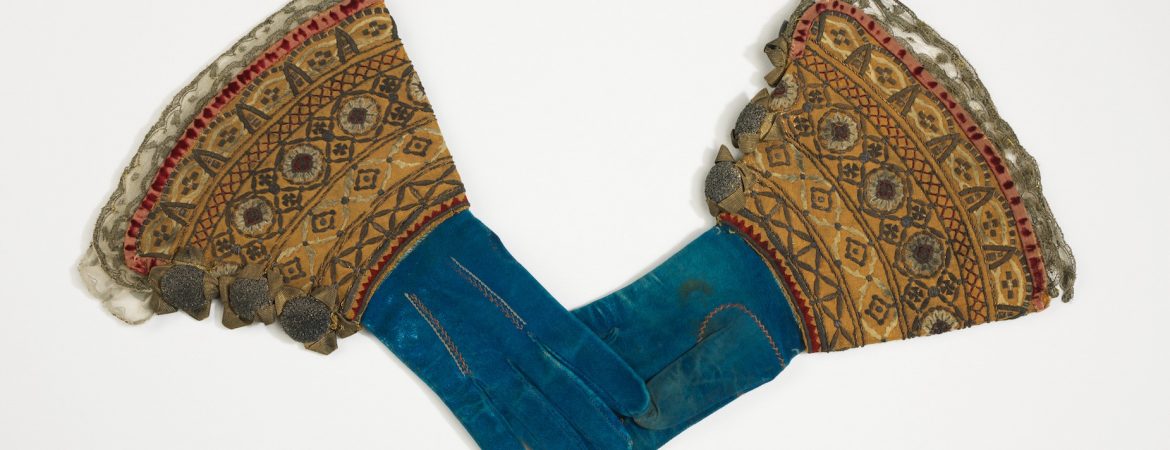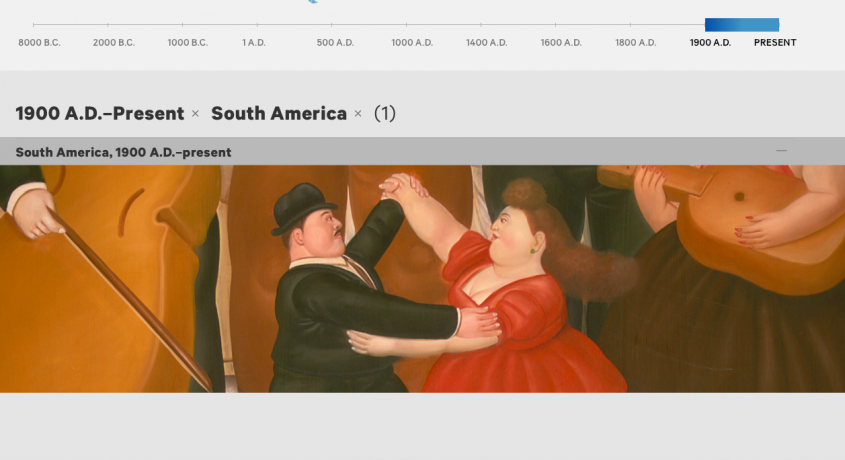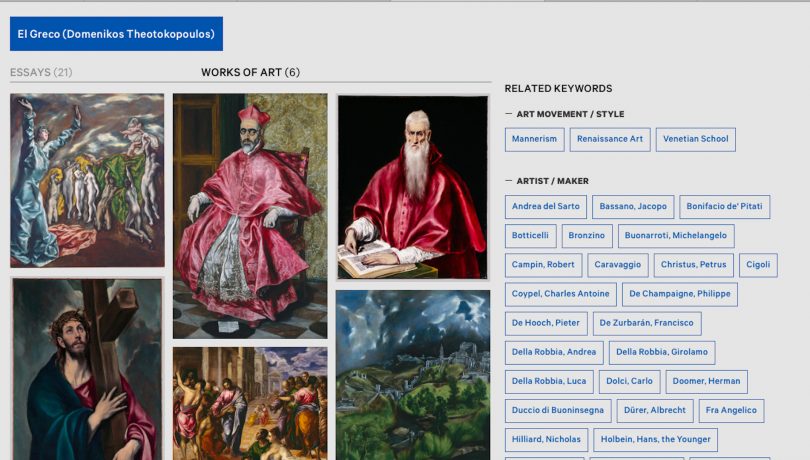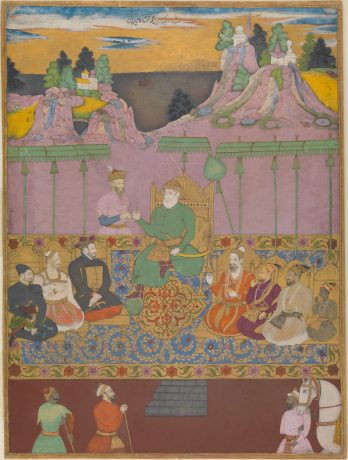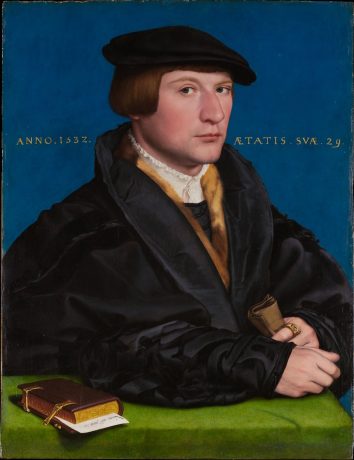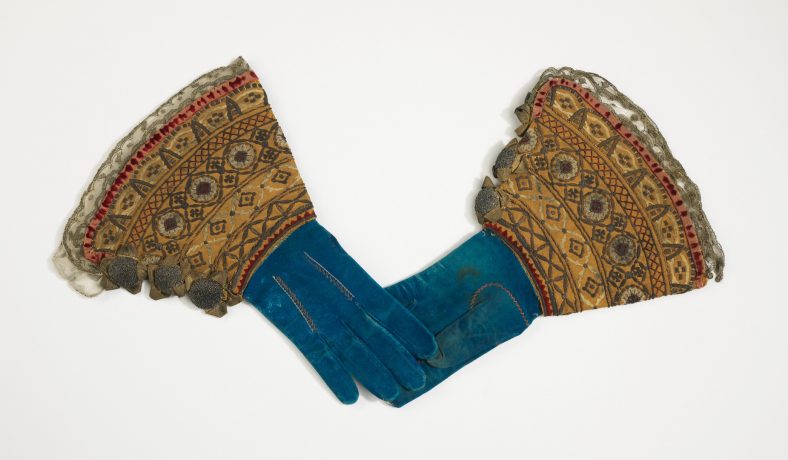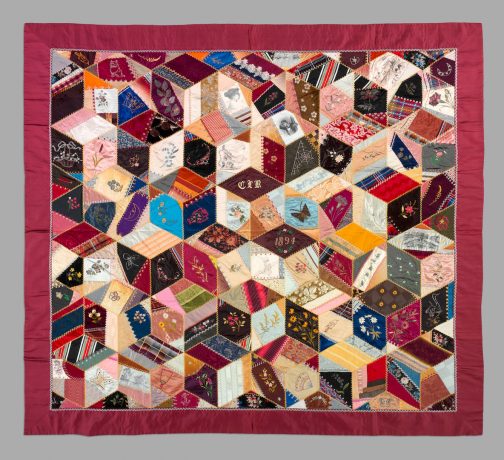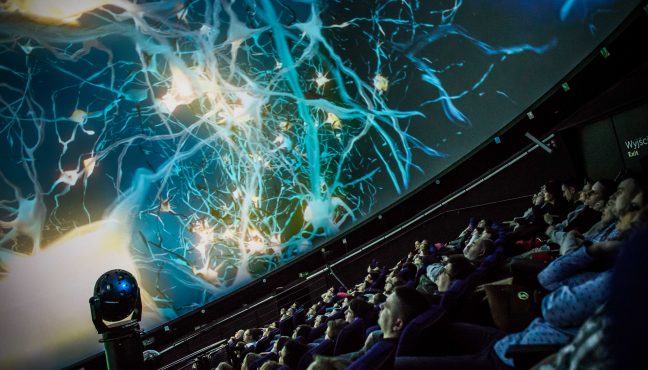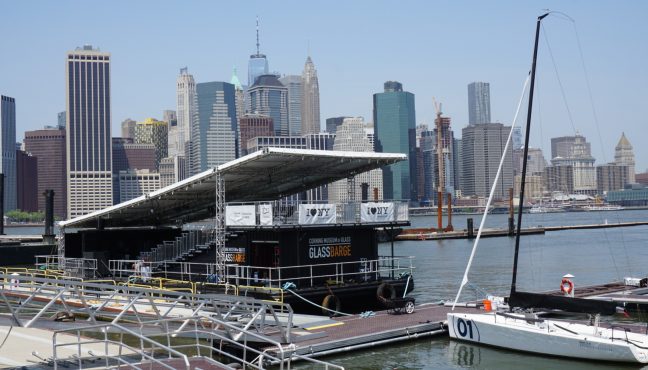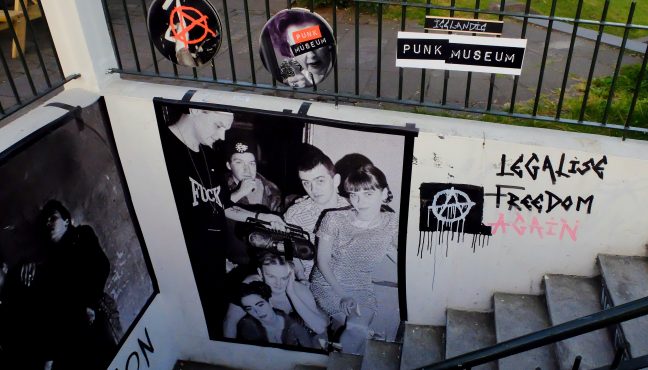On the Internet, one can find enormous amount of data, information, everything you think you need and even what you don’t need. This is the reality and we should accept it and learn how to benefit from it. The Metropolitan Museum of Art in New York has always been a pioneer in its domain by creating fascinating exhibitions, public events and promoting its collections. The MET uses an innovative language to speak to all its audiences. Among MET’s most recent accomplishments is making most of its collection open access. It would be impossible even 5 years ago, but now MET has made a part of its vast collection available for all those who have Internet access. The political and social impact of this event should not be underestimated. Imagine how much it changes for those who can not visit the museum in person. We can argue that visiting a museum can never be compared to its exploration online. It is in a way true, but think of all the enormous possibilities websites can provide!
In one of our recent features – Best Online Courses offered by museums – we talked about MET Kids, a fascinating online platform for kids of all ages to learn about art. Now MET introduced a (relatively) similar tool for adults. The Helibrunn Timeline of Art History is an innovative platform for researching the MET’s extensive collection of artifacts. It was created for scholars, educators and art history students. In our humble opinion, it is worth exploring even if you don’t associate yourself with the arts. The timeline provides a broad overview of art through several perspectives: geography, time periods, art categories and styles.

So how does it work? Let’s say you are interested in a specific geographical area. For example, the Balkan Peninsula. You can navigate the world’s map, and select the region. Then the tool offers you to select a time period: say from 1900s to present. The website redirects you to the next web page that gives an overview and chronology of Balkan countries including present-day Serbia, Croatia, Montenegro, and more. It offers a list of all rulers during the selected period of time. It also links to the related essays written by researchers and curators, mostly from the MET. This feature will be useful for academics and students who belong to history and geopolitics departments too!
Now let’s say you are interested in a particular artist or a persona. We chose El Greco and were redirected to the page dedicated to the famous artist. Apart from exploring his paintings, the website has a feature that links to the related pages such as “Renaissance” or “Mannerism”. The options provided by the timeline are based on your first choice. If you decide to look up an artwork from the MET’s collection, then the timeline will offer you a description of the artwork, author (if known), date created, and a link to the essays that can be of interest to you. As mentioned, all essays are produced by scholars and the MET’s curators.
Having researched the timeline, we were hesitant about labeling it. Is it and interactive online guided tour of the MET’s collection? Or is it an online education platform for scholars and students? Or a vast resource for educators to be used in a classroom?
It is up to you to decide if this is a way to navigate a museum, or if it is worth to replace educational programs in museum by online tool. But we are certain that it is worth exploring!
